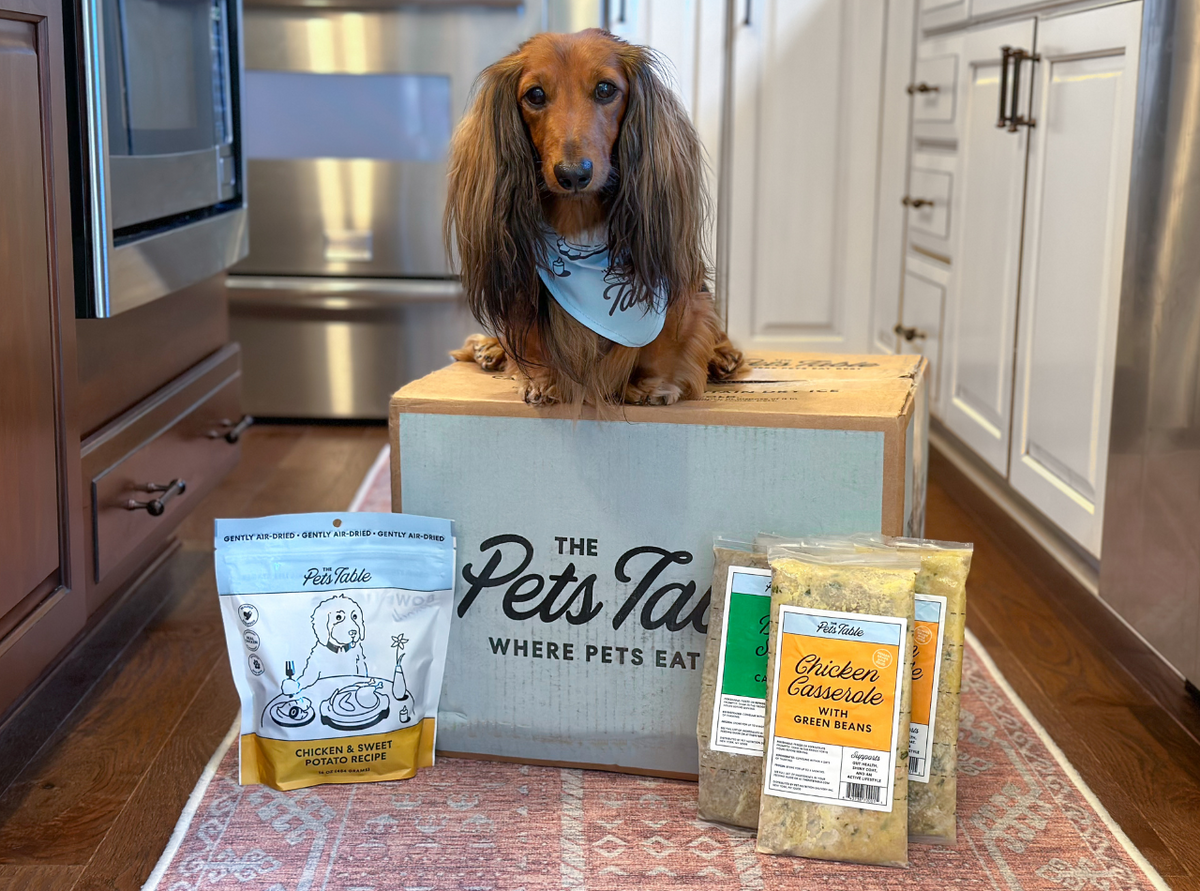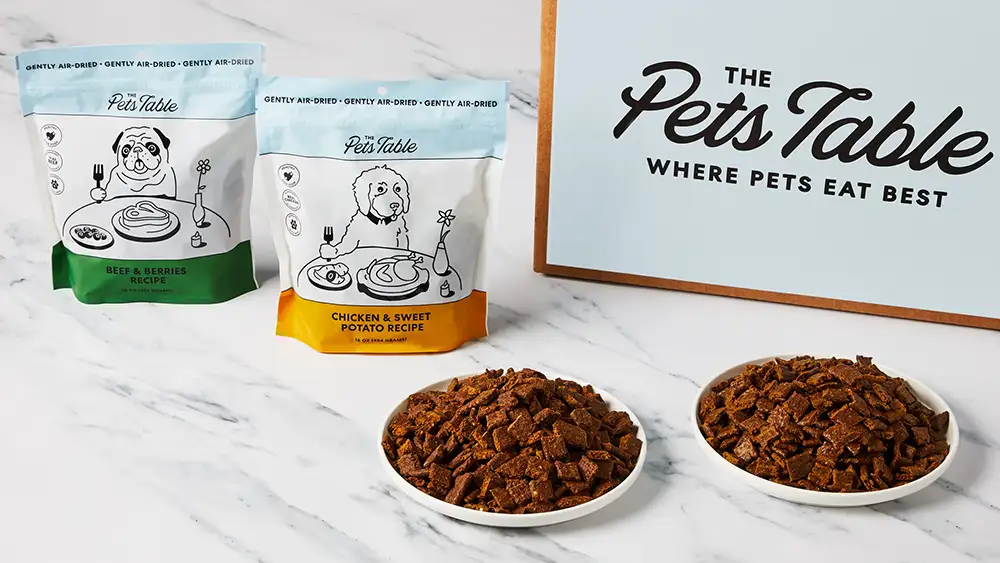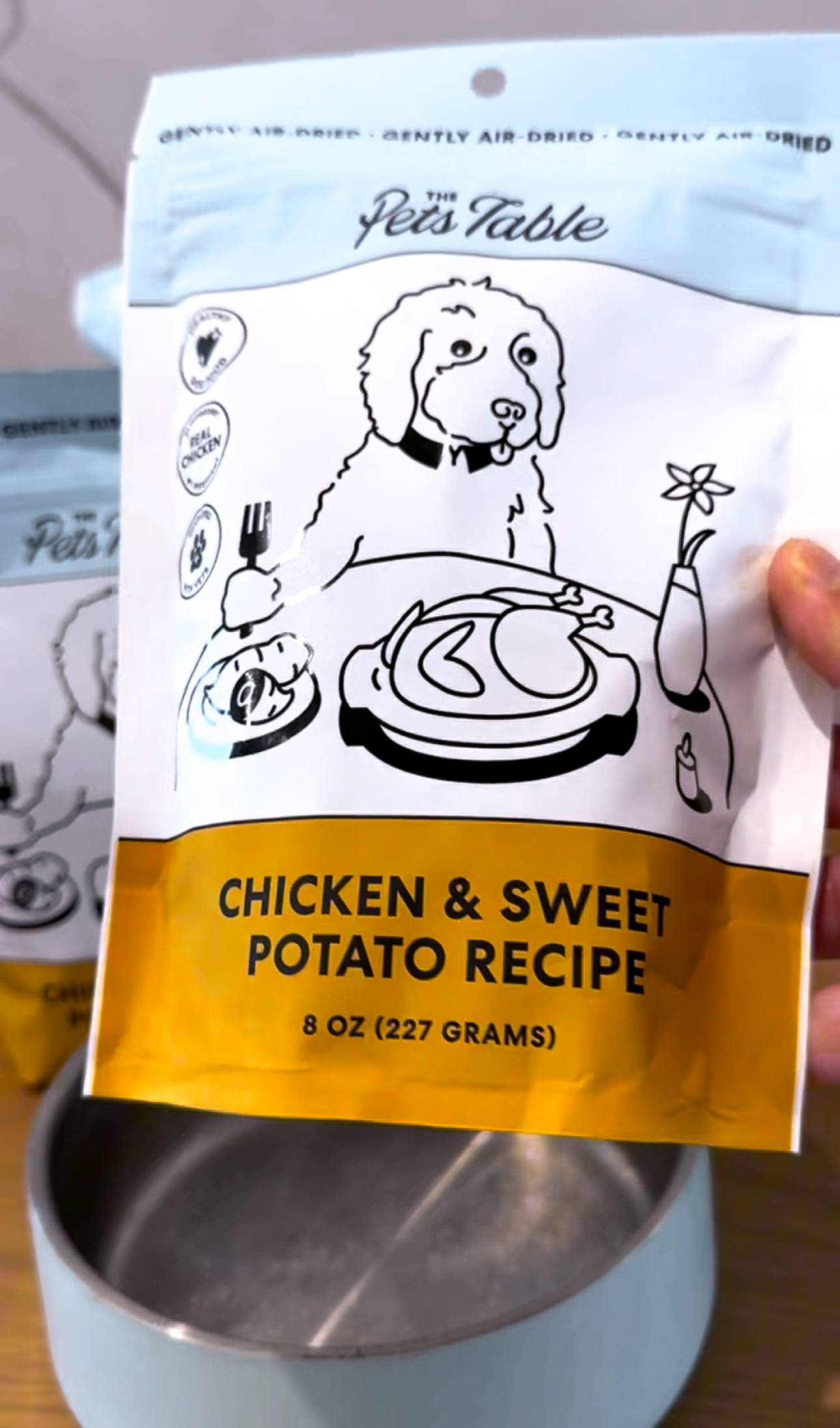The Pets Table Dog Food Reviews

In a market saturated with promises of optimal canine nutrition, discerning pet owners are increasingly turning to subscription-based dog food services. The Pets Table, formerly known as Farmer’s Dog, stands as a prominent player, offering fresh, human-grade meals delivered directly to consumers' doorsteps. But amidst the glossy marketing and personalized feeding plans, the question remains: does The Pets Table truly deliver on its nutritional promises, and is it worth the premium price tag?
This comprehensive review delves into the The Pets Table, examining its ingredient quality, nutritional value, customer experiences, and cost-effectiveness. We will analyze expert opinions, customer testimonials, and publicly available information to provide a balanced perspective on this popular dog food option, helping pet owners make informed decisions about their furry companions' dietary needs. This article will cut through the marketing hype and analyze the real-world experiences of pet owners, providing a data-driven assessment of The Pets Table.
Ingredient Quality and Formulation
The Pets Table prides itself on using fresh, whole-food ingredients, claiming to formulate recipes with veterinary nutritionists. Their recipes typically feature identifiable ingredients like USDA-certified meats, vegetables, and grains, avoiding artificial preservatives, fillers, and processed ingredients. This commitment to fresh ingredients is a key selling point, differentiating it from many commercially available kibble options.
However, the specific ingredient sourcing and quality control measures are not always transparently detailed. While they highlight USDA certification for meats, specifics on vegetable sourcing and pesticide residue testing are often vague. More transparency in these areas could further bolster consumer confidence.
Nutritional Adequacy
According to the company, their meals are formulated to meet the Association of American Feed Control Officials (AAFCO) nutrient profiles for dogs. This certification is a crucial baseline for ensuring that the food provides the essential nutrients dogs need. The specific nutrient ratios, however, can vary significantly depending on the recipe and the individual dog's needs.
Pet owners considering The Pets Table should carefully review the ingredient list and guaranteed analysis to ensure it aligns with their dog's age, breed, activity level, and any specific health conditions. Consulting with a veterinarian or board-certified veterinary nutritionist is always recommended to determine the most appropriate diet for your dog.
Customer Experiences: A Mixed Bag
Online reviews of The Pets Table reveal a spectrum of experiences. Many customers rave about the improved health and vitality of their dogs after switching to the fresh food diet. Reports of shinier coats, increased energy levels, and improved digestion are common.
However, negative reviews frequently cite high costs, inconsistent customer service, and occasional issues with food palatability. Some pet owners have reported their dogs refusing to eat the food, while others have experienced digestive upset, such as diarrhea or vomiting. The cost of the service is a significant barrier for many, making it inaccessible for pet owners on a tight budget.
Cost-Effectiveness and Convenience
The Pets Table is undeniably more expensive than traditional kibble or canned dog food. The exact cost varies based on the dog's size, breed, and activity level, but it can easily reach several hundred dollars per month for a large breed dog. The convenience of having fresh food delivered to your door is a major draw for busy pet owners.
However, it's essential to weigh the cost against the potential benefits and consider whether it fits within your budget. Alternatives such as preparing homemade dog food (under the guidance of a veterinary nutritionist) or opting for higher-quality kibble brands may offer more affordable options.
Expert Opinions and Scientific Evidence
Veterinarians and veterinary nutritionists generally agree that fresh, whole-food diets can be beneficial for dogs, provided they are properly balanced and meet AAFCO standards. Dr. Emily Carter, a board-certified veterinary nutritionist, notes that "fresh food diets can be a good option for some dogs, but it's crucial to ensure they are nutritionally complete and balanced. Owners should be wary of trendy diets and always consult with a professional."
However, there is limited peer-reviewed scientific evidence directly comparing the long-term health outcomes of dogs fed fresh food diets versus those fed traditional kibble. More research is needed to fully understand the potential benefits and risks of fresh food diets. While anecdotal evidence is abundant, rigorous scientific studies are lacking.
The Verdict and Future Outlook
The Pets Table offers a compelling option for pet owners seeking a fresh, human-grade diet for their dogs. The use of high-quality ingredients and personalized feeding plans are appealing. However, the high cost, inconsistent customer experiences, and lack of extensive scientific evidence warrant careful consideration.
The future of pet food likely lies in a greater emphasis on fresh, whole-food ingredients and personalized nutrition. As the market continues to evolve, companies like The Pets Table will need to prioritize transparency, affordability, and scientific validation to maintain their competitive edge. Pet owners should remain vigilant, conduct thorough research, and consult with veterinary professionals to make the best dietary choices for their beloved canine companions.


















